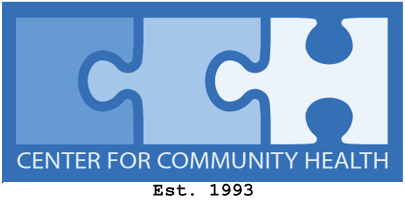America’s increasing HIV epidemic among youth aged 12-24 and our concurrent failure to identify, link to care, and achieve viral suppression among youth living with HIV (YLH) suggests the need to identify novel community-based strategies to leverage gateways and settings where high risk and infected youth can be engaged in HIV prevention and treatment. Scientific successes reducing HIV viral reservoirs among acutely infected infants, stopping HIV transmission from HIV-infected adults with undetectable viral loads, and documenting the efficacy of Treatment as Prevention (TASP) suggest strategies to reduce the trend of increasing adolescent HIV infections. This U19 will evaluate the usefulness of these advances for youth aged 12-24 at the highest risk of acquiring HIV- gay, bisexual, transgender youth (GBTY) and homeless youth (HY) – as well as youth living with HIV (YLH) in two HIV epicenters (Los Angeles and New Orleans).
All GBTY and HY at five gay-identified community-based organizations (CBO) and homeless shelters will be screened over 18 months. From these screenings, a cohort of 220 YLH and 1,500 highest risk seronegative GBTY and HY will be formed. Over 24 months, this cohort will be repeatedly tested at four-month intervals for sexually transmitted infections (STI) and serious drug use, and with 4th Gen HIV tests if seronegative, in order to identify acutely infected youth, engage youth in medical care, and monitor outcomes. Youth are triaged to: Study 1: Acute infection. Using 60 ARV-naive YLH with established infection as controls, we expect to identify 36 YLH with acute infection. All youth with acute infections will be aggressively treated with at least four highly potent antiretroviral therapies (ARV) and repeatedly assessed to examine if prolonged viral suppression is achieved, with reduced viral reservoirs to potentially allow ARV- free HIV remission. Study 2: Stepped care for YLH. Adapting strategies to manage chronic illnesses, we will conduct a RCT comparing a Standard Care Arm (repeated assessments every four month and an Automated Messaging and Monitoring Intervention [AMMI]) to Stepped Care. In the Stepped Care Arm, increasingly more intense interventions are delivered if viral load is detectable: a) the Standard Care Arm; b) an AMMI that is tailored to comorbidities of the specific YLH; or c) a Coach to support during crises, make treatment referrals, and brief interventions. Dried blood spots will monitor viral load and, on a small sample, ARV adherence over time. Study 3: Engaging seronegative youth in the HIV Prevention Continuum. Youth will be randomized to either: a) an AMMI Arm; b) Peer-Support plus AMMI Arm; c) eNavigator and an AMMI arm; or d) Peer-Support plus eNavigator plus AMMI Arm. Each condition aims to optimize the HIV Prevention Continuum. An interdisciplinary team of basic, clinical, and applied researchers with expertise in HIV, STI, behavioral interventions, biomedical interventions, CURE research, perinatal HIV, and a history of participating and coordinating multi-site RCT is participating on this U19 from six universities.
